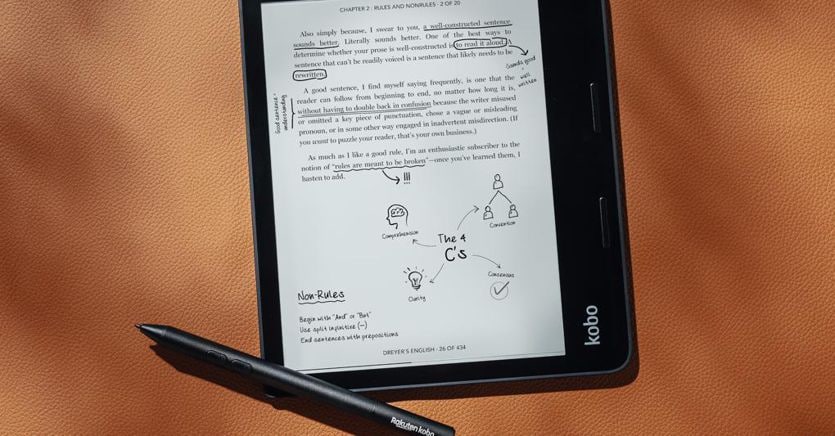There was a time when there was only the scent of paper. Then the reading adapted to the screens. Today it would be more to say “to the sound of words”. There is a red thread and not so subtle that binds e-books to audiobooks. Digitization has made reading a more rounded experience capable of reaching new “users”. In 2020, sales of print books grew by 0.3% at cover price, reaching 1.43 billion. The growth is even more marked, equal to 2.4%, if we consider e-books (up 37% to 97 million) and audio books (+ 94%, 17.5 million). Thanks to these increases, digital reading and listening are now worth 7.4% of sales in the “miscellaneous” sector. Translated, for large publishing groups the digital market is still marginal compared to the print market. But audiobooks and new increasingly resistant e-readers are enlarging the places dedicated to reading.
It must be understood that books are always written or almost in the same way. What has perhaps changed are also the times of reading. Thanks to an innovation that is 25 years old: e-ink or electrophoretic ink or electrophoretic ink is a technology for imitating ink on a normal sheet on screen. Unlike liquid crystals which use a rear light source, this “paper” reflects ambient light, like a sheet of paper. Sixteen shades of gray is currently the most widely used technology for the most popular eBook readers (paper model). E-readers take up less space in your backpack and between your fingers, you don’t need to keep a lamp on in the evening when you’re in bed, plus the latest models are also waterproof and are good for the beach too.
On the market, the reference point is the Kindle which relies on the largest online book store opened ten years ago on Amazon. The latest release is called Kindle Paperwhite 2021 (eleventh generation). The novelty is the size of the e-ink panel: 6.8 inches corresponds to approximately one page of a paper pocket book. The real novelty, however, are 17 LEDs that also allow you to adjust the tone of the light to arrive at a truly surprising paper simulation. The main rival (but not the only one) is Kobo which recently came out with two new devices Libra 2 and Sage. The first has an even larger (7-inch) display (also e-ink). The other instead supports handwriting through a stylus called Kobo Stylus. What is it for? For example, to write notes on ebooks or documents in PDF format, underline them, highlight them and write notes in the appropriate section of the device.
Both have Bluetooth connectivity and the ability to listen to audiobooks. Which then are the real mysterious object. Less talked about than podcasts that have been experiencing a real boom for some years, are the books-that-are-listened to.
The platforms have consolidated (Audible, Storytel, LiberLiber and LibriVox). In addition, there are large platforms such as Apple and Spotify which in recent days formalized the acquisition of Findaway, a global leader in the distribution of digital audio books. But the entry of books in earphones, in home speakers or in cars has enlarged the places dedicated to reading. Perhaps generating a literary genre yet to be written.
